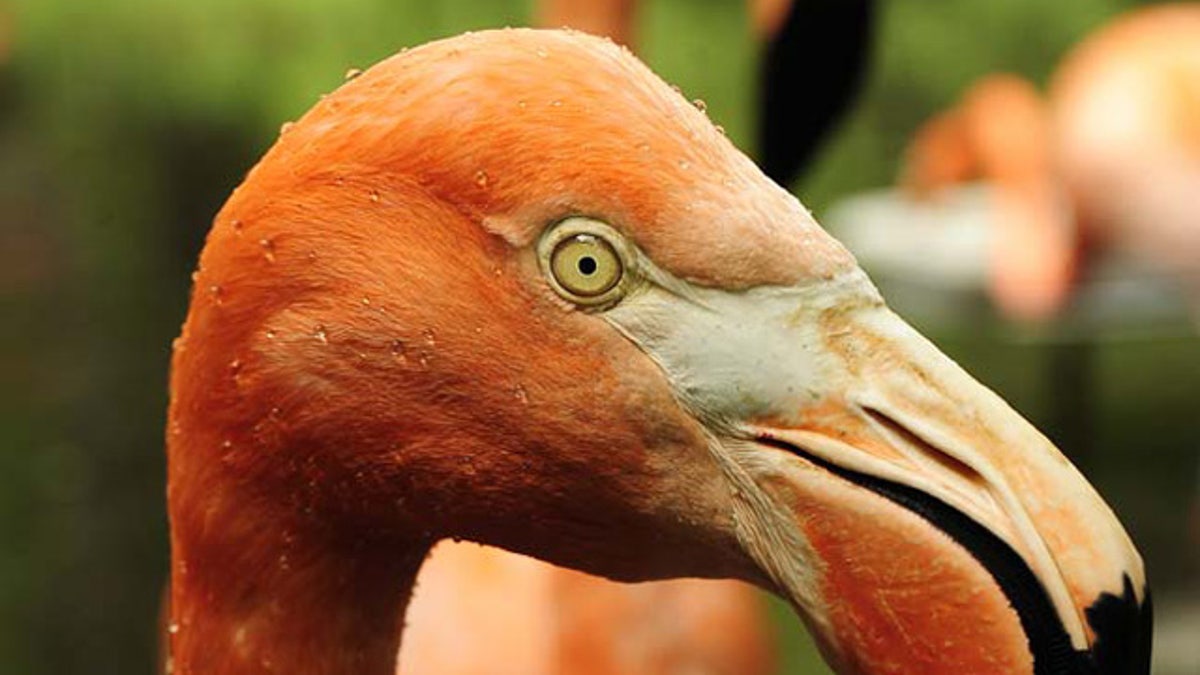
Flamingoes are strongly affected by declines in the availability and quality of wetland habitat in the Caribbean, South America, Asia and Africa. (Julie Larsen Maher/Wildlife Conservation Society)
The Wildlife Conservation Society released a list this week of some "unsung" victims of climate change, including some species that are just now beginning to feel the effects of Earth's worsening climate situation.
The issue is especially timely given that world leaders are currently meeting in Copenhagen, Denmark, to brainstorm how to fight global warming. And the United Nations plans to launch the "International Year of Biodiversity" in 2010 to highlight the ongoing loss of flora and fauna species worldwide.
SLIDESHOW: Animals threatened by climate change
Some of the threatened animals are:
Flamingoes: This group is strongly affected by declines in the availability and quality of wetland habitat in the Caribbean, South America, Asia and Africa, where flamingoes live.
Hawksbill turtles: The biology of these ocean-dwelling reptiles depends strongly on the temperature of their environment. As oceans become warmer, more female than male turtles are born, skewing the sex ratio and endangering the species' ability to reproduce.
Magellanic penguins: These penguins have been laying their eggs later in the season and swimming farther away from their nests in search of food, scientists have found. The largest breeding colony of this species in Patagonia has declined more than 20 percent in the last 20 years.
Musk oxen: This wooly species lives in the harsh Arctic Tundra, where more and more grizzly bears are migrating as it becomes warmer and more hospitable to them. The bears, in turn, prey on the oxen.
White-lipped peccaries: This mammal species living in Central and South America depends on shallow ponds to survive during the region’s dry season. Climate change is diminishing these water sources, which in turn causes the population of peccaries to decline.
Other animals on the list are: Bicknell's thrush, a bird species that breeds and nests high on mountains in northeastern North America; Chiru, also known as the Tibetan antelope, which dwells on the high plateau of Tibet; Irrawaddy dolphin, native to Southeast Asia; Various primate species; Coral; Lemmings, small rodents that live near the Arctic; Buff-breasted sandpipers, or Arctic migratory birds; Numerous amphibian species; Lake trout; Bowhead whales, which live in polar conditions in the Arctic; Wolverines, which are mammals that live in cold climates around the Northern Hemisphere




















